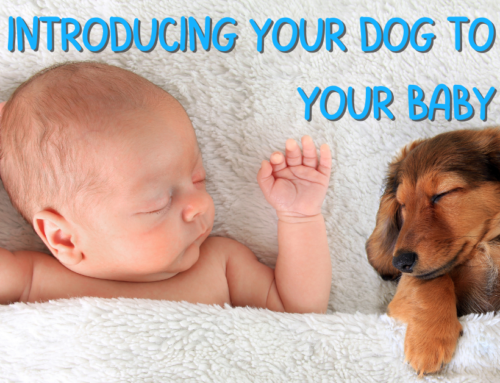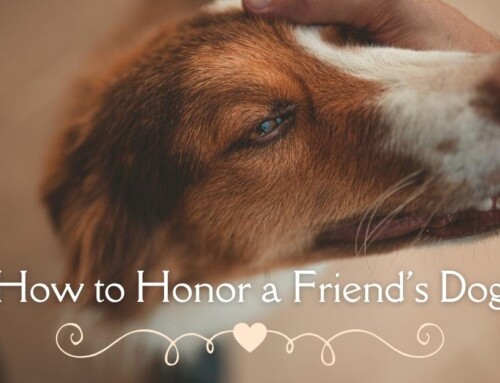You already know that proper dental care is essential for your own health, but did you know the same goes for your canine companion? Just like humans, dogs are prone to plaque, tartar, and gum disease if their teeth aren’t cleaned regularly. The good news? With a few simple tools and a consistent routine, you can help keep your pup’s mouth healthy, their breath fresher, and their overall health on track. To learn more about how to keep your pup’s teeth clean, follow this step-by-step cleaning guide.
Choosing the Right Supplies
Before you start brushing, it’s important to have the right dental care supplies on hand. Investing in the proper tools can make the process more effective and enjoyable for your dog. Here’s what you’ll need:
Dog-Specific Toothbrushes
To start, choose a toothbrush designed with dogs in mind. A soft-bristled brush is best, as it’s gentle on the gums while still effective at removing buildup. In addition to long-handled brushes made specifically for dogs, some pet owners find that child-sized toothbrushes work well, especially for smaller breeds. Another great option is the finger brush, a flexible rubber sleeve that slips over your fingertip and allows for more precise control as you clean each tooth. These can be particularly helpful if your pup is still getting used to the brushing routine.
Dog-Safe Toothpaste
It may be tempting to use your own toothpaste in a pinch, but human dental products contain ingredients that can be dangerous for dogs, such as Xylitol. That’s why it’s essential to choose a toothpaste formulated specifically for pets. Not only are these products safe, but they often come in dog-friendly flavors like chicken, peanut butter, or beef, which can make the process a bit more fun for your pup. In many cases, the tasty flavor alone is enough to get your dog excited about brushing time.
Canine Dental Chews
In addition to brushing, you might also consider adding dental chews to your dog’s oral hygiene routine. While they’re not a replacement for brushing, they can help reduce plaque and tartar between brushings. Dental chews also give your dog something enjoyable to gnaw on, which can help satisfy their chewing instincts. For the best results, look for chews that carry the Veterinary Oral Health Council (VOHC) seal of approval, as these have been tested for safety and effectiveness.
Step-By-Step: Brushing Fido’s Teeth
When it comes to brushing your dog’s teeth, patience and consistency are key. With a little preparation and the right approach, the experience can be positive for both of you.
Set the Stage
First, choose a time of day when your dog is naturally calm and relaxed. This could be after a walk or a meal, when their energy levels are likely lower. Find a quiet, well-lit space in your home where you won’t be interrupted, and make sure both you and your dog are comfortable before you begin.
Get Them Comfortable
Next, take a few moments to help your furry friend get used to the tools. Allow them to sniff and lick the toothbrush and toothpaste so they can become familiar with the new scents and textures. Then, gently lift their lip and touch their teeth and gums with your finger to help desensitize them to the feeling. There’s no need to rush—these early steps help build trust and make the process easier over time.
Start Brushing
When your pup seems ready, apply a small amount of toothpaste to the brush and begin gently brushing in circular motions. Try to angle the bristles toward the gumline at about 45 degrees and use short, gentle strokes. Focus on the outer surfaces of the teeth first, as this is where plaque tends to build up the most—especially on the back molars and the long canine teeth.
Take Breaks as Needed
It’s perfectly normal if your dog gets squirmy during the first few attempts. If they seem restless, take a short break, offer a treat or some praise, and try again. You can gradually increase brushing time over several sessions. When just starting out, aim for short, 10-second increments and slowly build your way up to about one minute of total brushing. The goal is to make it a positive and stress-free experience for your pet.
How Often Do Dogs’ Teeth Need to be Cleaned?
Ideally, you should aim to brush your dog’s teeth daily, just like you do with your own. That being said, even brushing a few times per week can make a noticeable difference in their oral health. The most important thing is consistency. By tying it to a regular part of your daily schedule, such as after dinner or before bedtime, you can help ensure that brushing becomes a natural habit for both you and your dog.
Don’t Skip Professional Cleanings
While brushing at home is a critical part of your dog’s dental care, it shouldn’t take the place of professional veterinary cleanings. Your vet should examine your dog’s mouth during their annual checkup and may recommend a full dental cleaning under anesthesia. These cleanings allow for plaque and tartar to be removed and give the vet a chance to polish your dog’s teeth and take dental X-rays to check for hidden problems. If your dog already shows signs of dental disease, your vet may recommend more frequent cleanings to prevent further issues.
Caring for your dog’s teeth may seem like a small part of their overall health routine, but it can have a big impact in the long run. By brushing regularly, using dog-safe dental products, and scheduling professional cleanings, you’ll be doing your part to keep your furry friend comfortable, happy, and healthy!






